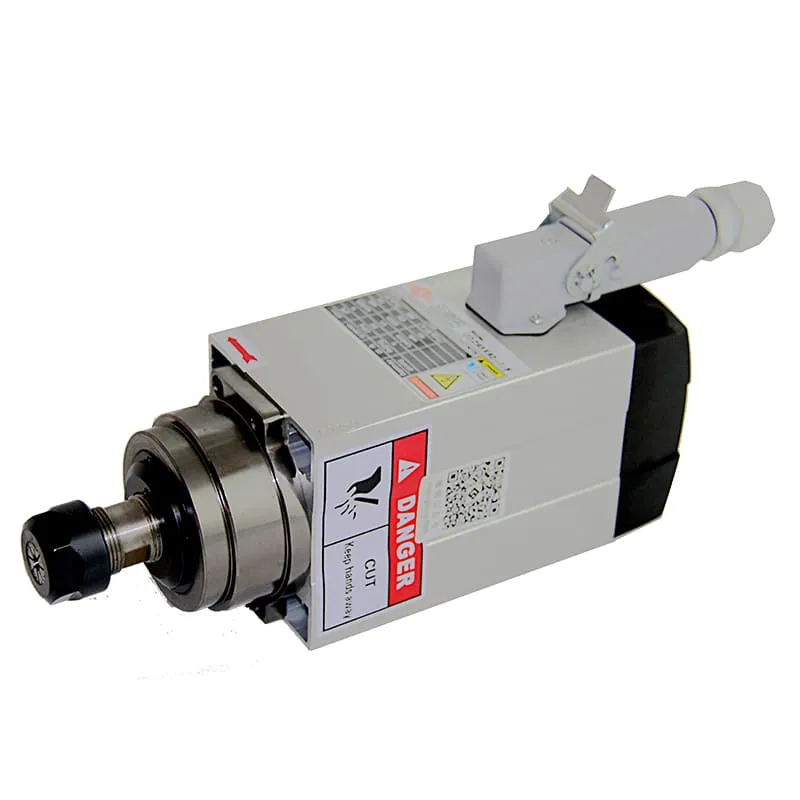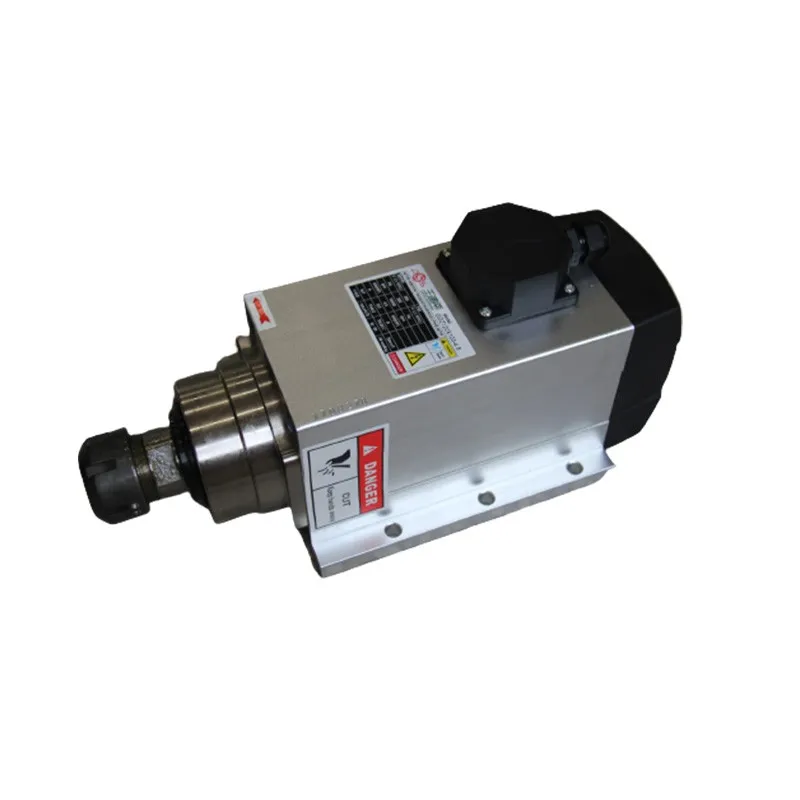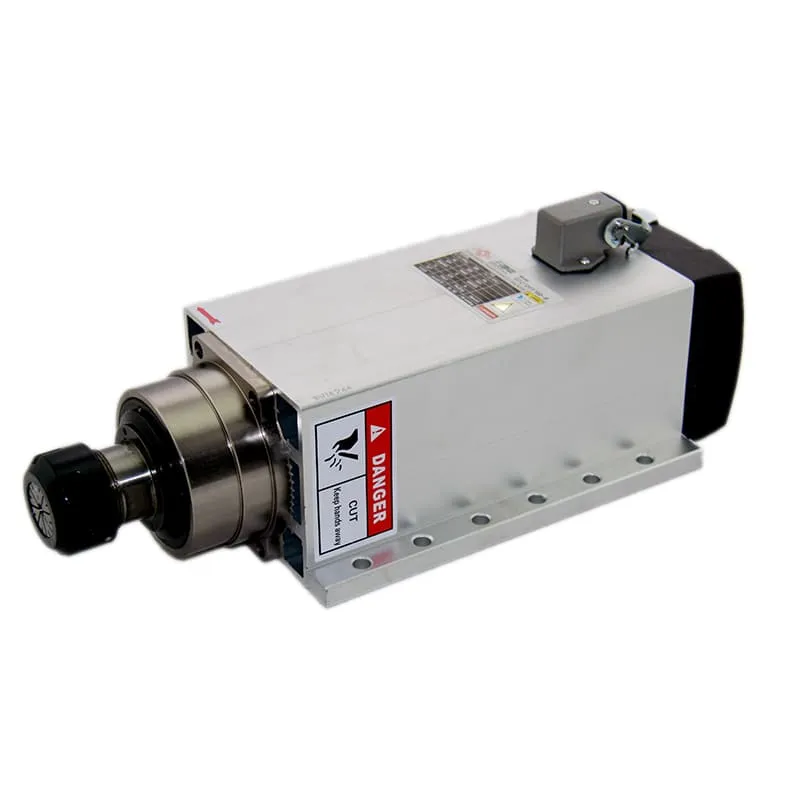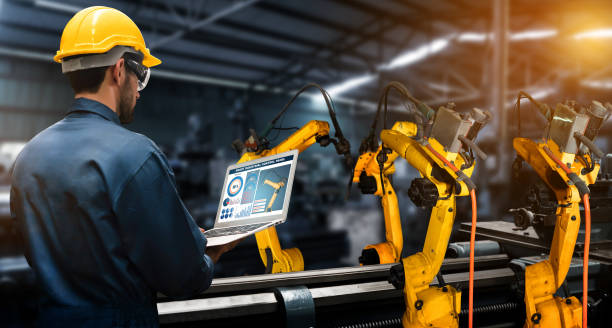How to Design for CNC Machine
Designing for a CNC machine can greatly impact the quality, precision, and cost of your manufactured parts. When asking how to design for CNC machine, you must consider material selection, tool accessibility, cutting paths, and more to ensure a successful production process. In this comprehensive guide, we will explore the best practices for designing parts for CNC machining, covering all aspects of CNC-friendly designs.
Understanding CNC Design Principles
1. What is CNC Machining?
CNC machining is a subtractive manufacturing process that involves the use of computer-controlled tools to remove material from a workpiece to create the desired shape. CNC stands for Computer Numerical Control, meaning the tool paths are guided by software instructions.
A CNC machine’s main components include:
- CNC Controller: Responsible for translating computer instructions into motor actions.
- Spindle: The cutting tool that shapes and drills the workpiece.
- Tool Holders: Mechanisms that hold different types of cutting tools.
For a powerful spindle option, check out our 1.5KW ER20 Square Air-Cooled Spindle.

2. Avoiding Sharp Internal Corners
One of the first principles in designing for CNC machining is to avoid sharp internal corners. CNC cutting tools are typically round, making it impossible to create sharp internal edges directly. To solve this problem:
- Use fillets with a radius that is slightly larger than the cutting tool. This minimizes the time spent cutting and ensures better tool access.
- Standard Recommendation: Use a radius that is equal to at least three times the nominal diameter of the cutting tool.
This approach can help reduce tool wear and increase the lifespan of the CNC machine. For more powerful options that enhance cutting performance, check out our 2.2KW ER16 Air-Cooled Spindle.

3. Minimizing Tool Changes
To optimize CNC machining, you want to minimize tool changes. This can reduce machining time and overall costs.
- Design parts that can be manufactured using fewer tools.
- Avoid overly intricate geometries that require multiple specialized tools.
For instance, using standard hole sizes rather than custom dimensions can eliminate the need for unique drill bits.
4. Using Standard Hole Sizes
When designing parts that require holes, always use standard drill bit sizes. This makes the process faster and more cost-effective. CNC machines can easily create holes that match standard drill sizes, while non-standard sizes can require custom tools.
- Avoid designing holes that are too deep (more than ten times the nominal diameter) because they are more difficult to machine.
- Incorporate threaded holes where necessary, but be mindful of accessibility for taps or threading tools.
Consider our 3.5KW ER25 Air-Cooled Spindle for projects that require significant drilling and cutting power.

5. Maintaining Wall Thickness
To ensure the part’s strength and reduce machining complications, maintaining an appropriate wall thickness is crucial.
- Thin Walls: Walls that are too thin can vibrate during machining, causing inaccuracies or even damage. For metals, aim for a thickness of at least 1.5 mm, while for plastics, 2.0 mm or more is recommended.
- Thick Walls: Conversely, overly thick walls add unnecessary weight and can complicate the machining process. Balance is key.
6. Incorporating Draft Angles
Adding draft angles is beneficial when machining certain geometries. For example:
- For vertical walls, use a small draft angle of 1-2 degrees to ensure the cutting tool doesn’t bind during the operation.
- Draft angles help maintain surface finish and extend tool life by reducing tool wear.
7. Choosing the Right Material
Different materials have unique properties that impact machinability, cost, and finishing. The most commonly used materials for CNC machining include:
- Aluminum: Lightweight, versatile, and easy to machine.
- Stainless Steel: Durable but more challenging to machine due to its hardness.
- Plastics: Excellent for prototypes but require slower machining to avoid melting.
The choice of material significantly impacts tool life, production time, and cost. Make sure to choose a material that fits your needs while being CNC-friendly.
8. Avoiding Thin Features
Designing features that are too thin may cause problems during CNC machining. Thin features tend to be fragile and can vibrate or deflect during the cutting process.
- Avoid designing features thinner than 0.8 mm.
- If thin features are needed, consider adding additional support or changing the material to a more robust alternative.
9. Avoiding Deep Cavities
Deep cavities are challenging to machine and may require special tools and multiple passes, which increases costs. When designing cavities:
- Keep the depth at no more than four times the cavity’s width.
- Use multiple levels of steps if a deeper cavity is necessary.
For efficient deep cuts, consider using our 4.5KW Air-Cooled Spindle with Flange.

10. Designing for Tool Access
Ensuring that the cutting tool has proper access to every part of the workpiece is essential. Design the part such that:
- The tool can reach all the surfaces without obstruction.
- Avoid angles or undercuts that require special tool paths or custom tools.
For more powerful spindle options that enhance the cutting process, check out our 6KW ER32 Air-Cooled Spindle.

FAQs About Designing for CNC Machining
1. Why should I avoid sharp internal corners in CNC design?
Sharp internal corners are challenging for round cutting tools to machine effectively. Adding a radius to internal corners improves tool access and reduces wear.
2. How do I choose the right material for CNC machining?
The material should be chosen based on machinability, strength, and the specific requirements of your project. Common materials include aluminum, stainless steel, and plastic.
3. Are deep cavities difficult to machine?
Yes, deep cavities require specialized tools and multiple passes, which can increase the cost. Keep the cavity depth manageable to reduce machining challenges.
4. What are standard hole sizes, and why are they important?
Standard hole sizes match commonly available drill bits, making the machining process more straightforward and cost-effective.
Conclusion: Mastering CNC Design Principles
How to design for CNC machine involves understanding the limits of CNC tools, maintaining appropriate geometries, and selecting the right materials. By following these guidelines, you can reduce machining time, minimize costs, and ensure the quality of your final product. Remember, a well-thought-out design leads to better efficiency and improved outcomes in CNC machining.

